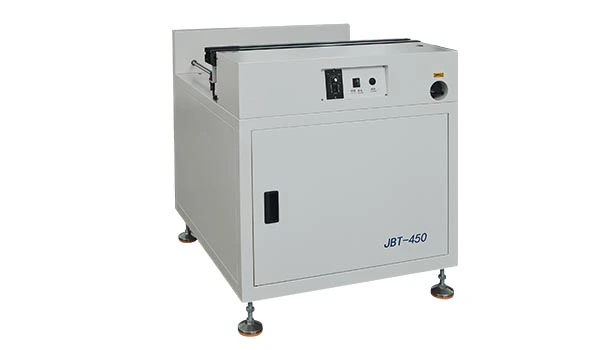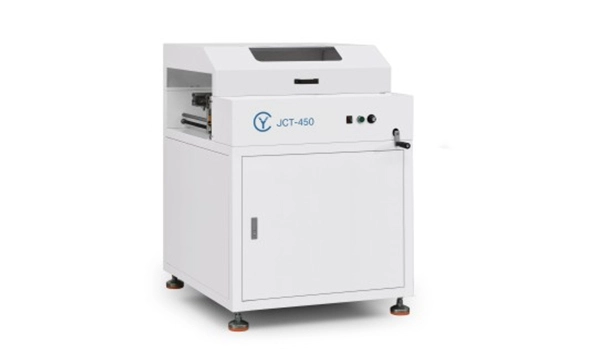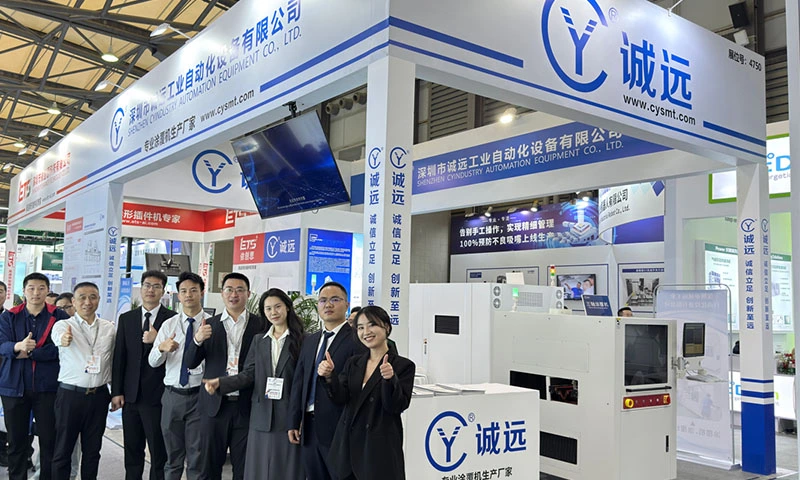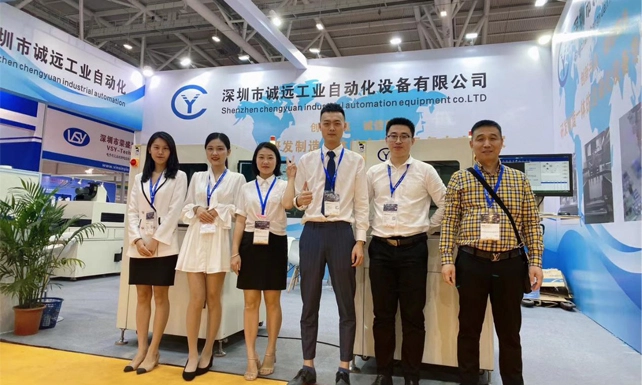The Importance of a UV Conveyor in an Efficient Assembly Line
UV conveyor streamlines production by seamlessly transferring boards between coating, soldering, and inspection stations, eliminating manual handling bottlenecks. Its synchronized speed (0.5–5m/min) maintains workflow continuity, while adjustable rails and anti-static belts protect boards from damage or ESD. Integrated sensors prevent misalignment, ensuring precise positioning for automated processes like SMT or AOI. Durable, low-maintenance designs reduce downtime, supporting 24/7 operations. By enabling high-volume throughput with near-zero defects, it meets IPC handling standards for automotive, telecom, and IoT manufacturing. This backbone of modern assembly lines balances speed, precision, and scalability—critical for cost-effective, error-free PCB production in competitive industries.
How a UV Conveyor Enhances Workflow Automation in Electronics Manufacturing
UV conveyor drives automation by synchronizing assembly stages—coating, soldering, inspection—into a seamless flow. Intelligent controls adjust speed dynamically to match machine cycles, eliminating bottlenecks. Modular designs integrate with robotic arms, AOI systems, and curing ovens, enabling hands-free transitions. Anti-static belts and precision alignment sensors prevent damage, while real-time diagnostics flag issues before disruptions occur. Scalable for high-mix or mass production, it slashes manual handling by 90%, reducing errors and labor costs. By maintaining IPC-compliant handling and 24/7 uptime, it ensures consistent throughput for automotive, medical, and IoT sectors, where automated precision defines manufacturing excellence.







